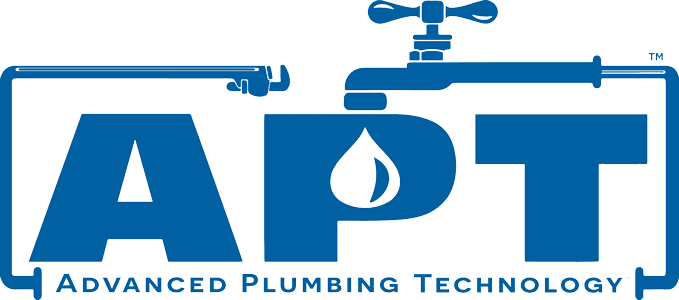The Future of Smart Plumbing: Integrating IoT for Efficiency
September 25th, 2023Posted by Brian Shoemaker
At Advanced Plumbing Technology, we believe that the future of plumbing is not only about pipes and fixtures but also about harnessing the power of the Internet of Things (IoT) to create a more efficient and intelligent plumbing system. The integration of IoT technology into plumbing systems is revolutionizing the way we manage water resources, detect leaks, and optimize water usage. In this article, we will explore the exciting potential of IoT in the plumbing industry and how it can transform the way we approach plumbing solutions.
Understanding IoT in Plumbing
Internet of Things, or IoT, refers to the network of interconnected devices that communicate and share data with each other over the internet. When this technology is applied to plumbing systems, it opens up a world of possibilities for real-time monitoring, control, and analysis. Imagine a plumbing system where sensors are seamlessly integrated into various components, allowing them to collect and transmit data to a centralized platform.
Smart Leak Detection
One of the most significant advantages of integrating IoT into plumbing systems is smart leak detection. Traditional methods of leak detection often involve manual inspections and can result in significant water wastage before a leak is even identified. With IoT-enabled sensors strategically placed throughout the plumbing system, leaks can be detected as soon as they occur. These sensors can measure changes in water pressure, flow rates, and even temperature variations that might indicate a leak. The data collected is then analyzed, and alerts are sent to property owners or managers in real time, enabling them to take swift action to prevent water damage and conserve resources.
Remote Monitoring and Control
IoT technology also empowers property owners and plumbing professionals with the ability to remotely monitor and control plumbing systems. Through a user-friendly interface accessible via smartphones or computers, it’s possible to monitor water usage patterns, track potential issues, and adjust settings in real-time. For instance, if a property owner notices an unusually high water usage rate, they can remotely investigate the cause and shut off the water supply if necessary, all with a few taps on their device.
Predictive Maintenance
Gone are the days of reactive maintenance where plumbing problems were addressed only after they caused significant disruption. IoT-enabled plumbing systems introduce the concept of predictive maintenance, where data-driven insights are used to anticipate potential issues before they escalate. By analyzing the data collected from sensors, such as water pressure fluctuations or irregularities in flow rates, plumbing professionals can identify patterns that might indicate an impending problem. This proactive approach allows for timely maintenance, minimizing downtime, and reducing the risk of costly repairs.
Water Conservation and Efficiency
The integration of IoT into plumbing aligns seamlessly with the global imperative of water conservation. Through real-time monitoring and data analysis, property owners can gain valuable insights into their water consumption habits. This knowledge empowers them to make informed decisions about water usage, identify areas where water is being wasted, and implement strategies to optimize consumption. In commercial settings, such as hotels or office buildings, where water usage can be substantial, IoT-driven insights can lead to significant cost savings and a reduced environmental footprint.
Personalized User Experience
In the realm of residential plumbing, IoT technology offers the potential for a truly personalized user experience. Imagine stepping into a shower, and it automatically adjusts to your preferred water temperature and pressure. Faucets could dispense water at your desired temperature without any manual adjustment. These are not just futuristic fantasies but tangible possibilities made achievable through IoT integration. By remembering user preferences and adapting to them, smart plumbing systems can elevate everyday experiences.
Challenges and Considerations
While the promise of IoT in plumbing is undeniable, it’s essential to address certain challenges and considerations. Data security and privacy are paramount when dealing with interconnected systems that collect and transmit sensitive information. Robust encryption and authentication protocols must be in place to safeguard user data from potential cyber threats.
Additionally, ensuring the compatibility of various IoT devices and systems is crucial for seamless integration. Standardization efforts are ongoing to establish protocols that allow different devices to communicate effectively with each other, regardless of the manufacturer.
Conclusion
As the world becomes increasingly interconnected, the plumbing industry is poised for a transformative shift through the integration of IoT technology. The ability to monitor, control, and optimize plumbing systems in real-time offers unparalleled efficiency, water conservation, and convenience. Advanced Plumbing Technology understands the importance of staying at the forefront of this technological revolution, providing innovative solutions that redefine the way we perceive and interact with plumbing systems. The future of smart plumbing is here, and it’s all about leveraging the power of IoT for a more sustainable and intelligent world.
